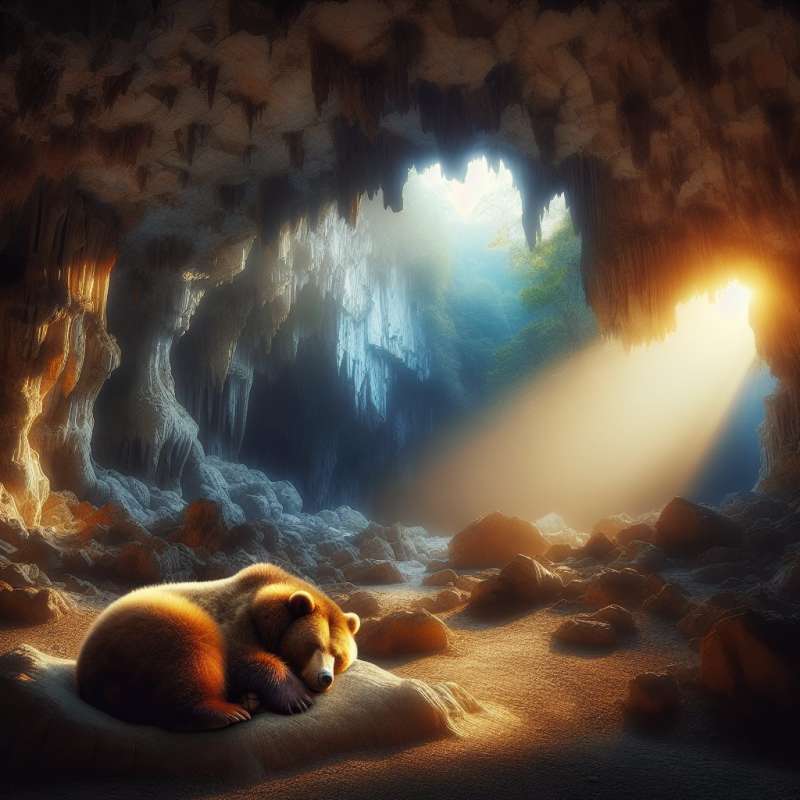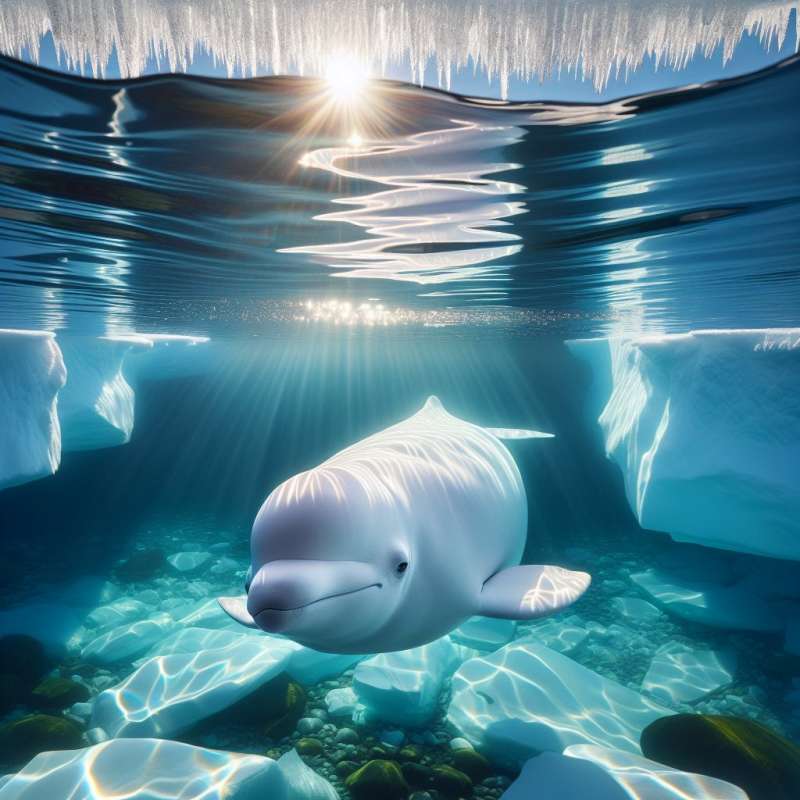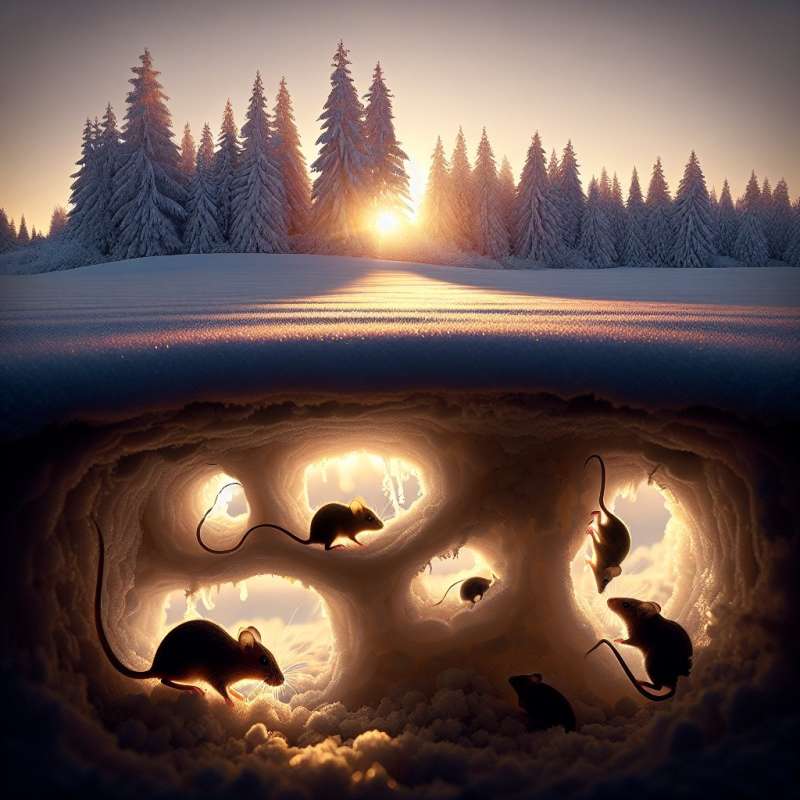
Surviving the Ice Age
During the Pleistocene epoch, animals faced brutal cold. Species like the woolly mammoth adapted with insulating fat layers and fur, while others migrated or hibernated to escape the harsh conditions.
Mammoth Adaptations
Woolly mammoths had long, shaggy fur with a greasy outer layer that repelled moisture and snow. Their blood had 'antifreeze' properties, allowing circulation without freezing in extreme cold.
Cave Bear Strategies
Cave bears survived by hibernating during colder months. They built up fat reserves and retreated to caves for warmth, slowing their metabolism to conserve energy.
Migratory Birds
Many bird species adopted migratory patterns to cope with glacial periods. They flew vast distances to find food and milder climates, returning when the ice retreated.
Megafauna Plant Diet
Ice Age megafauna like the giant ground sloth had specialized diets to process tough, fibrous plants that thrived in the cold, such as conifers and grasses.
Aquatic Survival
Some aquatic animals like the beluga whale thrived in icy waters due to their ability to navigate and hunt in ice-covered seas, using their thick blubber for insulation.
Small Mammal Tactics
Smaller mammals, including rodents, survived by burrowing into the snow, creating insulated nests called 'subnivean spaces', which protected them from the cold and predators.Frozen Lion Cubs
In Siberia, perfectly preserved lion cubs from the Ice Age were found, frozen for over 28,000 years, with fur and whiskers intact.
How did mammoths survive the cold?
Migrating to warmer regions
Antifreeze blood, fat, fur
Building fires for warmth
Company